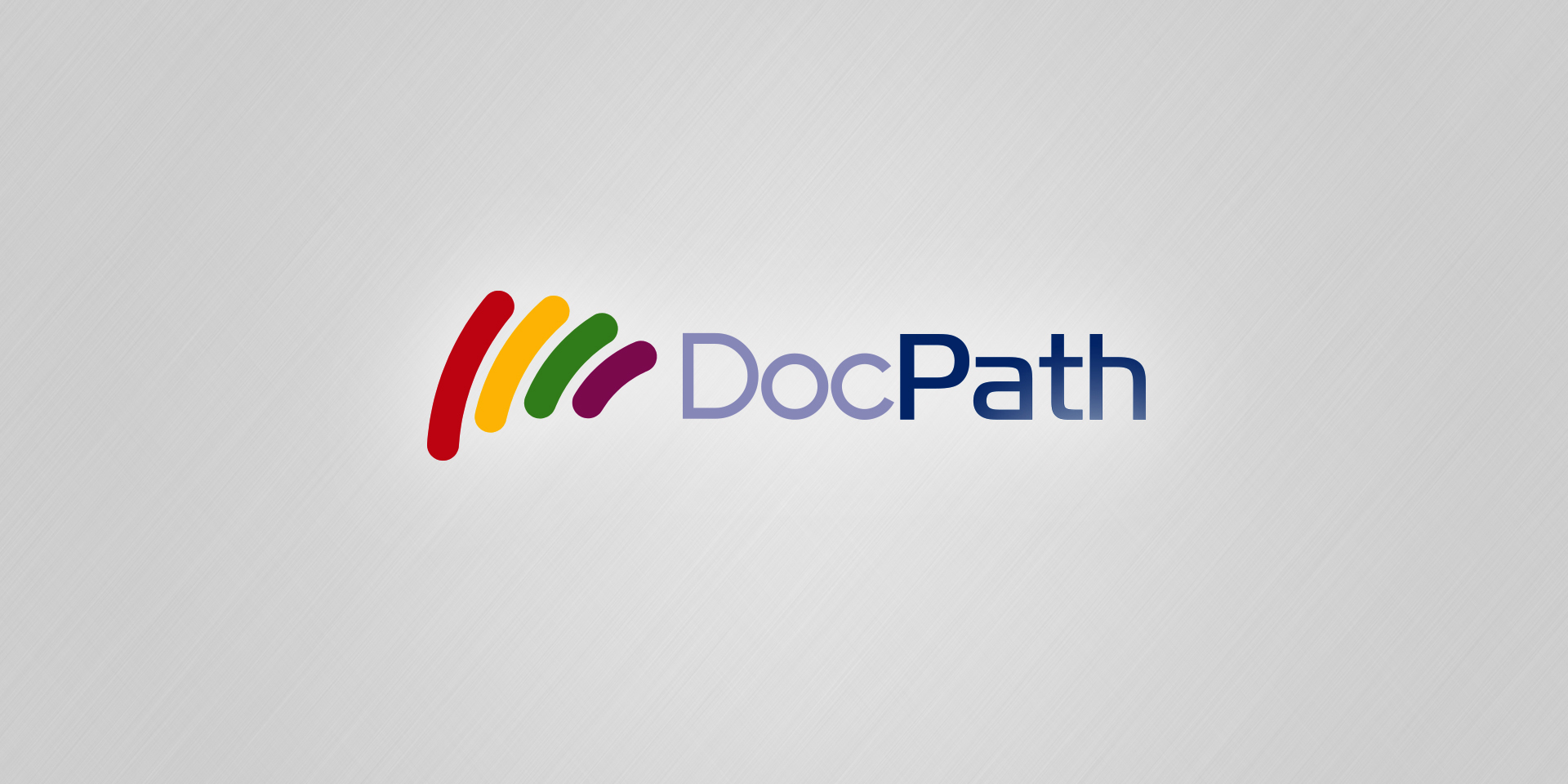
It´s certainly ironic that in a time of great technological evolution, we generally don´t hesitate a second when it comes to purchasing some “cool” technological device, which generally does not give us any financial benefit in return; but we are rather reluctant to spend our money on technology that has already proven its worth.
This tendency also applies to small and medium companies, which typically display an averse attitude towards innovation, and are reluctant to change their traditional, paper-based system for a new document management software geared towards a “paperless office”.
The concept of the “paperless office” basically refers to the process of transforming all paper documents into a digital format. This is difficult to envision in a world in which paper is the main means of communication in most companies. Years ago, thousands of companies started to digitize their documents: invoices, delivery notes, work reports, etc. However, they usually also kept a paper-version of all these documents, as the digital format had no legal support. This means that these companies not only stored two formats of the same document, they also doubled their work load. Logically, the technologies that enabled the digitization processes lost most of their appeal, and offices slowly turned into deposits of enormous amounts of paper, stored in folders or simple boxes. This not only meant companies were facing a problem of space, but finding a document was also like searching for a needle in a hay-stack.
Fortunately, today, numerous organizations are already trying to work according to the principles of the “paperless office”, but the concept has not been adopted on a large scale yet. Some companies, mainly SMBs, are rather reluctant to implement an adequate document management system, and their doubts are generally backed by different myths surrounding the concept of the paperless office.
Widespread Myths
– The software is difficult to use. Typically, the first to use the new document management software are the employees, which generally look upon the new system with caution. After all, they have been working with papers for years, and they feel comfortable and secure with their traditional way of working. However, the truth is that most employees change opinion quickly, when they locate a document in just a few seconds and experience for themselves how quick and easy it is to find a document with their company´s new document management software.
– Electronic management of documents is less secure than paper-based processes. Controlling access to sensitive paper documents is only possible via restricted access to the locations where these documents are stored. This means that each time an employee needs a specific document, he or she will need to be granted access to these locations. In other words, nearly all files and documents are accessible to nearly all employees. With an adequate document management system, however, security is significantly increased, as document access control is managed via user roles and hierarchical permissions. For example, a specific group of workers can view a document but not edit it, while another group is allowed to read and modify this same document.
-The benefits of a good document management system are only long-term advantages. As highlighted by companies that have already taken the steps towards the paperless office, when changing document-based processes for digital processes, the advantages in terms of cost savings, improved performance and efficiency are immediate. Moreover, the costs related to paper and space is drastically reduced.
– To go paperless, you need to eliminate all paper from your offices. This myth is false. One of the main goals of any company taking the road towards the “paperless” office is reducing paper waste to the maximum, not eliminating paper altogether. Moreover, when paper waste is reduced, the related costs are also cut down, but a company generally obtains most benefits from handling digital documents and automating its document processes. Finally, there is also the fact that legislation will always oblige companies to keep a paper version of specific documents.
Towards the paperless office
Paper documents are still the main form of communication for most businesses, but it seems that these papers are gradually disappearing from work environments, to make way for digitized documents. In fact, innovative organizations that have already started digitizing their documents with an adequate document management software solution are now reaping the benefits from their decision. They now have more free space, rapid document searches, hierarchical organization of business documents, specific user privileges regarding access, management and retrieval of sensitive data, significant cost reductions related to paper waste and storage, increased productivity and more eco-friendly processes.
All in all, we are still in a period of change and evolution, and it will take us some time to really be able to talk about “our paperless office”.
Innovating with Document Management
In conclusion, drastically cutting down on paper in working environments is not an unreachable dream anymore. It is not a mere utopian illusion, but it is within our grasp, on a global scale. It only requires both company executives and workers to overcome their resistance to change and opt for a document management system. When they do, the benefits and positive change in their ways of working will be such that they will never want to return to their traditional ways.
Julio A. Olivares
DocPath CEO
